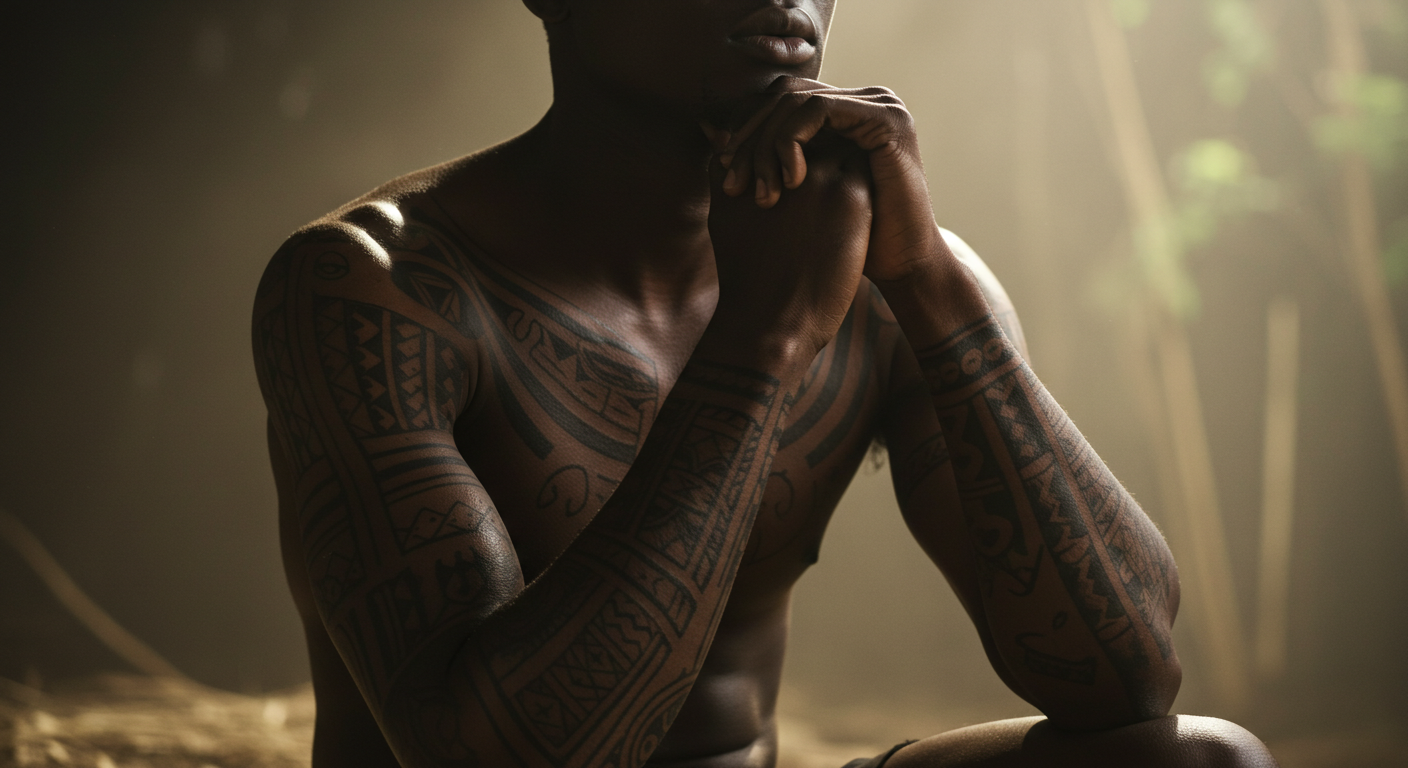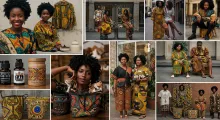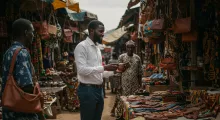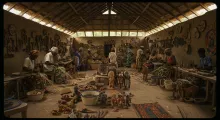In many parts of Africa, body markings have long served as powerful tools for communication. Tattoos, scarifications, and body art told stories of lineage, bravery, protection, and rites of passage. In modern times, there is a renewed interest in African tattoo symbols—not as lost relics, but as revived expressions of identity and spirituality.
A History of African Tattooing and Scarification
Traditional African body markings date back centuries. Practices varied across regions:
Berbers and Amazigh (North Africa): Used facial tattoos to denote tribe and marital status.
Nuba and Dinka (South Sudan): Practiced raised scarification to mark warrior status or spiritual protection.
Yoruba (Nigeria): Utilized facial tribal marks to indicate ancestry and belonging.
Fulani (West Africa): Combined tattoos and piercings with ornamental beauty.
While some practices have faded due to colonial suppression or religious shifts, the symbols remain etched in cultural memory.
Modern African Tattoo Revival
Contemporary African youth and diaspora communities are reviving ancestral symbols in tattoo form. But instead of tribal obligation, these tattoos now represent:
Heritage Pride
Spiritual Awakening
Political Resistance
Aesthetic Alignment with Afrocentric Identity
Popular African Tattoo Symbols and Meanings
Adinkra Symbols (Ghana)
Used by the Akan people, Adinkra symbols are visual metaphors with deep meanings. Popular ones include:Duafe: Feminine cleanliness and love
Eban: Safety and security (symbolized by a fence)
Gye Nyame: “Except for God” — divine supremacy
Nsibidi (Nigeria/Cameroon)
A pre-colonial ideographic writing system used by the Ekpe secret society. Nsibidi tattoos communicate love, strength, or social status.Berber/Amazigh Patterns (North Africa)
Geometric shapes like triangles, diamonds, and arrows are tattooed to invoke protection, fertility, and tribal identity.Dogon Cosmology Symbols (Mali)
Derived from astronomy and mythology, these symbols include spirals, stars, and lines representing connection to ancestors and the universe.Ndebele Geometrics (Southern Africa)
Inspired by bead and mural patterns, modern interpretations use triangles and chevrons to signify transformation and unity.Cowrie Shell Designs
As symbols of wealth and femininity, cowrie-inspired tattoos are popular among women reclaiming ancestral femininity.
Placement and Purpose
In traditional settings, placement was often spiritual or symbolic:
Forehead: Social rank or initiation
Chest/Heart area: Protection or bravery
Wrists/Ankles: To ward off evil
In modern tattoo culture, wearers often choose placements that blend visibility and meaning—back, ribs, arms, and sternum.
Tattoos as Activism
For many in the African diaspora, these tattoos serve as political acts—marking Black skin as sacred in societies that have historically devalued it. It’s a quiet rebellion and a loud statement of belonging.
The Role of Tattoo Artists
A new generation of tattoo artists in cities like Lagos, Johannesburg, Nairobi, and Accra are infusing global styles with African meaning. Artists like:
Artdaddict (Nigeria)
Kitso Lynn Lelliott (South Africa)
Sebi Smart Tattoos (Kenya)
...are reclaiming tattooing as African art—not just imported Western subculture.
Cultural Sensitivity and Reconnection
While African tattoo symbols are trending, it’s important that wearers understand their significance. Cultural symbols shouldn't be used decoratively without respect or research.
If you’re of African descent seeking reconnection through ink:
Research your heritage
Work with artists who understand the culture
Reflect on the meaning behind the symbol
Conclusion
African tattoo symbols are more than just aesthetic designs—they are cultural maps, spiritual shields, and stories waiting to be retold on skin. As modern Africans and diaspora communities ink their skin with ancestral pride, tattoos become vessels for healing, identity, and honor.



